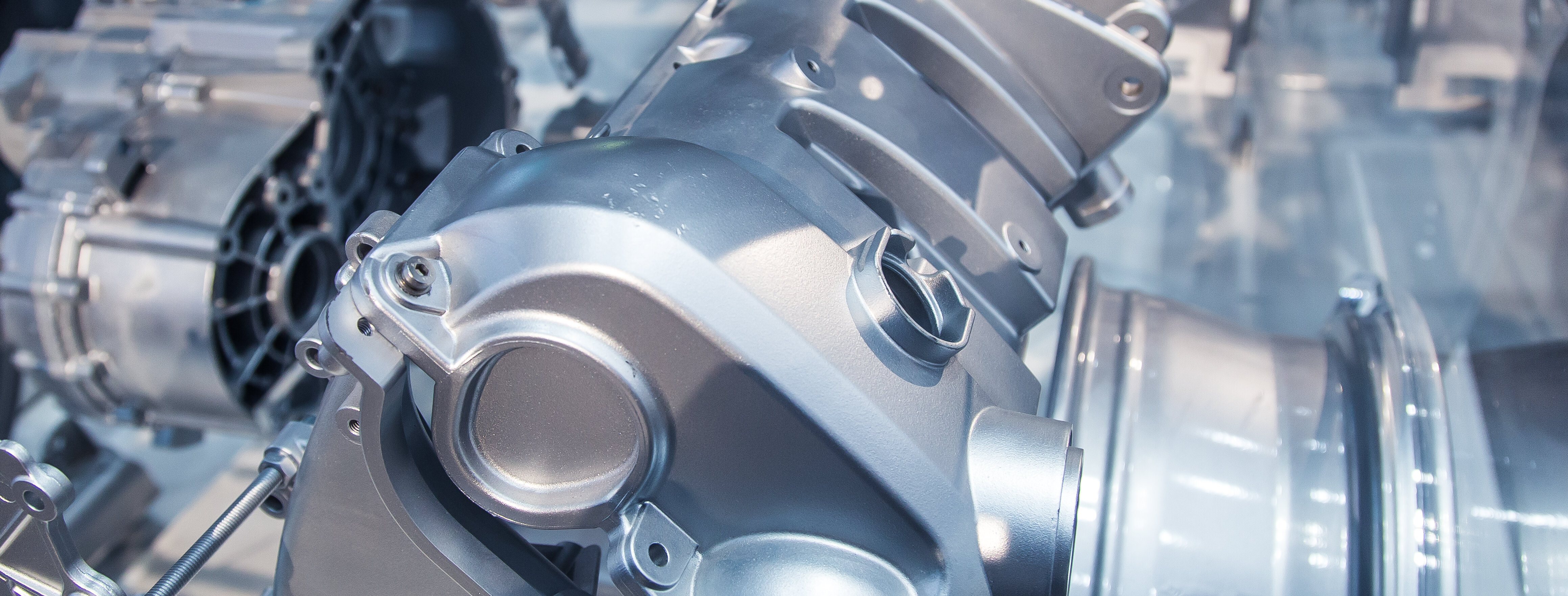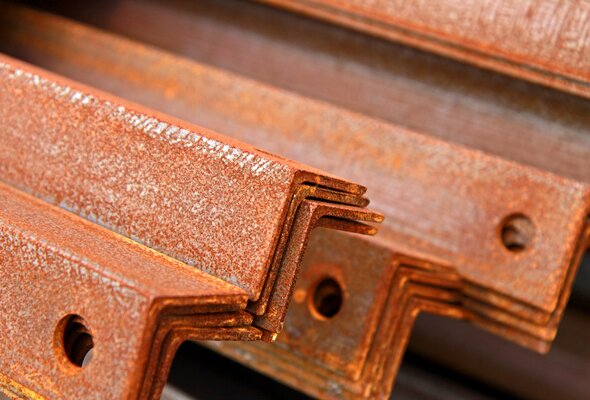Suitable for Degassing Substrates: No More Craters
The Reliable Coating for Degassing Substrates without Surface Flaws.
Some metals release gases from the substrate. This can cause blisters, craters, or pin-holes, which impair the protective function of the coated surface.
IGP produces specific powder coatings which, for example, permit degassing from the porous zinc surface before cross-linking, for a smoother finish. In the case of extreme requirements, we recommend tempering the components to be coated.
- Galvanized Steel: Degassing Before Cross-Linking
The IGP range includes extremely effective solutions specifically developed for coating galvanized steel. These powder coatings for degassing substrates are available in a wide range of finishes and colors. They allow exhalation from the porous zinc surface before cross-linking.
As a result, the coated surface remains smooth, flawless, and permanently protected.
- Cast Metals: Pore-Free Surfaces
A particular problem with cast metals is exhalation during the curing process. Preventing this is a special challenge.
The IGP powder coatings that are suitable for degassing surfaces are also ideal for cast metals. They effectively prevent surface faults due to exhalating substrates and ensure a pore-free surface. The protective effect of the coating is permanent.
- Powder Coating Processes for Galvanized and Cast Components
Just like cast metals, hot-dip or spray-galvanized components have a porous surface. Therefore, they tend to degass during the curing process. If you use conventional powder coatings, blisters can form beneath the coating surface.
To tackle this problem, IGP has developed application procedures and powder coatings that reduce the gas pressure that builds up when the workpieces are heated. This effectively prevents the formation of gas and air blisters.
Duplex Process
The duplex process combines powder coating with galvanization. The advantages are attractive aesthetics and effective protection against wear from weathering and chemicals.Zinc erosion may be greater than 8 μm per year if galvanized steel components are frequently exposed to salty air or moist soil. In such cases, effective corrosion protection is crucial. The duplex process achieves this by applying a powder coating on top of the zinc layer. This increases the durability of the corrosion protection by a factor of 1.2 to 2.5. The DIN 55633* standard defines the duplex process.
Single-Coat Powder Coatings
IGP has also developed powder coatings that are suitable for degassing substrates – specifically for single-coat powder coating systems on porous metal substrates such as hot-dip galvanized steels.In addition to good adhesive strength and weathering resistance, these powder coatings also offer high corrosion resistance that corresponds to corrosion category C4-H in accordance with DIN EN 12944. The Qualisteelcoat approvals for the respective product groups provide metal construction and coating companies with documented proof of permanent component protection in accordance with DIN EN 1090-2 on load-bearing galvanized steel components.
Two-Coat Powder Coatings
IGP’s two-coat powder coatings offer a wider choice of top-coat systems. They significantly boost the protective effect: The DIN 55633 classification confirms that the top corrosion category C5 I/M (protection of up to 15 years) can be achieved with corresponding coating thicknesses. For two-coat systems on galvanized steel and cast metal components, we recommend first priming with the powder coating primer IGP-KORROPRIMER 10V. This prevents surface faults due to exhalating substrates and helps ensure a pore-free surface.



